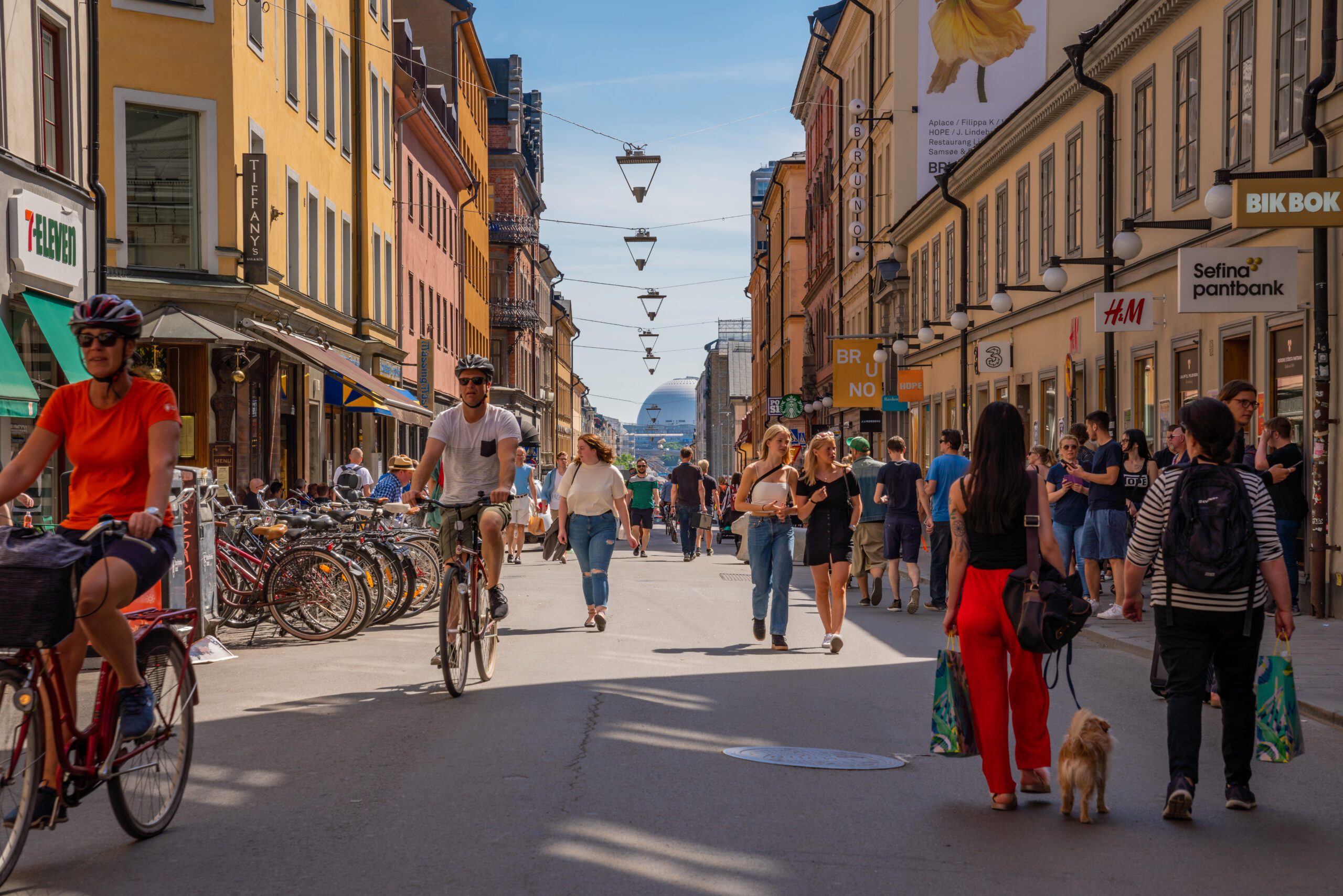

How to Choose the Perfect Location for Your Retail Business
While your instincts as a business owner are important when picking the right retail location, they’re usually not enough.
Smart cities comprise a lot more than just digital solutions in citizens’ and businesses’ daily lives. They are liveable and sustainable cities with happy citizens. Data helps the city decision-makers to build smart cities, and in this blog, we explain how.
In today’s urban landscape, a city’s existence hinges on its ability to draw in residents, grow a diverse talent pool, and attract businesses. The bedrock of urban liveability lies in generating employment opportunities for its people and ensuring a secure, high-quality living environment enhancing the overall well-being of its inhabitants at the same time.
Cities face numerous demands. Finding a balance between economic growth and sustainability, also considering EU environmental standards, is imperative. Moreover, cities must adapt to shifting population demographics and cope with the constant pressure to trim operational expenses. These challenges require thoughtful and forward-thinking decision-making processes in smart cities.
If smart cities are liveable, sustainable and happy, how are they achieved or measured? In a world of many insecurities, fact-based decision-making is always a good idea. And what is the most efficient way to get the facts on the table?
Digging into data.
To truly understand the pulse of a city’s population, we must delve deep into its demographics. It’s necessary to unravel the image of its inhabitants: who they are, their generational diversity, and the composition of households. It is equally crucial to understand the income distribution and to see what the unemployment level is in the area. In support of the zoning work, examining demographics helps to understand what kind of needs certain areas will have in the future – what is the demand.
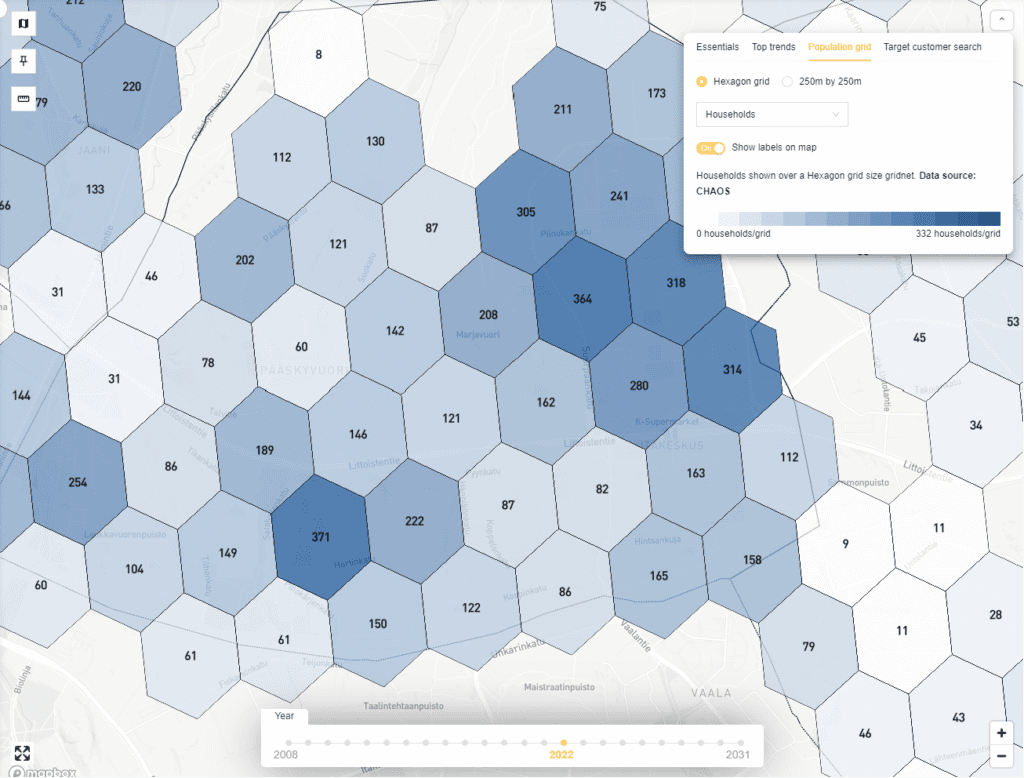

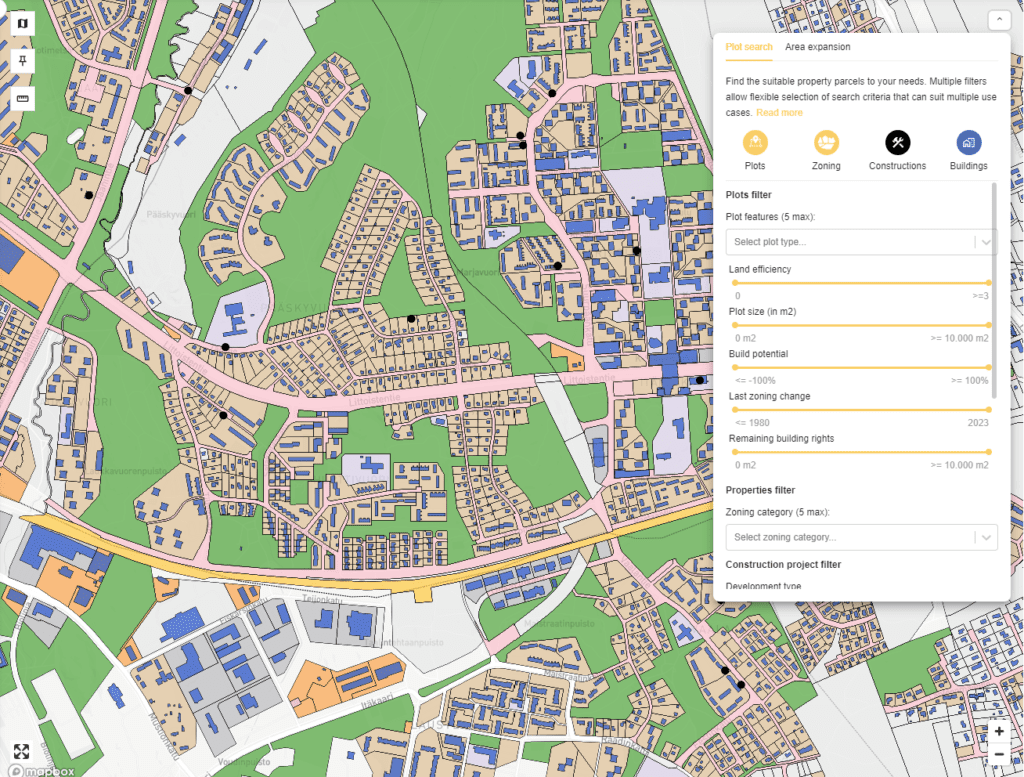

But a city doesn’t exist in isolation. To gain a comprehensive understanding, we need to look beyond its borders, to the surrounding areas and neighbouring cities. By comparing different areas, we can find valuable insights and learn from their experiences. These cross-border perspectives offer a holistic view of urban dynamics and help to increase the city’s competitiveness.
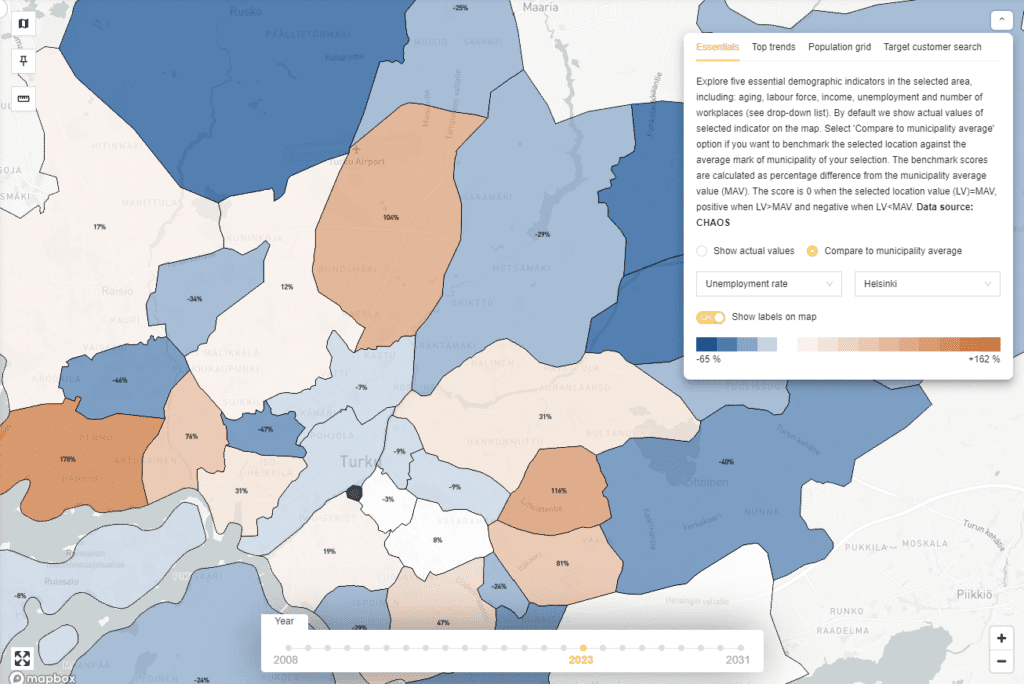

Another key indicator for evaluating a city’s sustainable growth is to examine the supply, for example from the view of affordability. As an accepted rule of thumb, housing is considered affordable if it accounts maximum of 30% of total household income. United Nations also recommends and measures this in its Sustainable Development Goals. We must pay attention to how is housing affordability developing in our cities – how do rents compare to income?
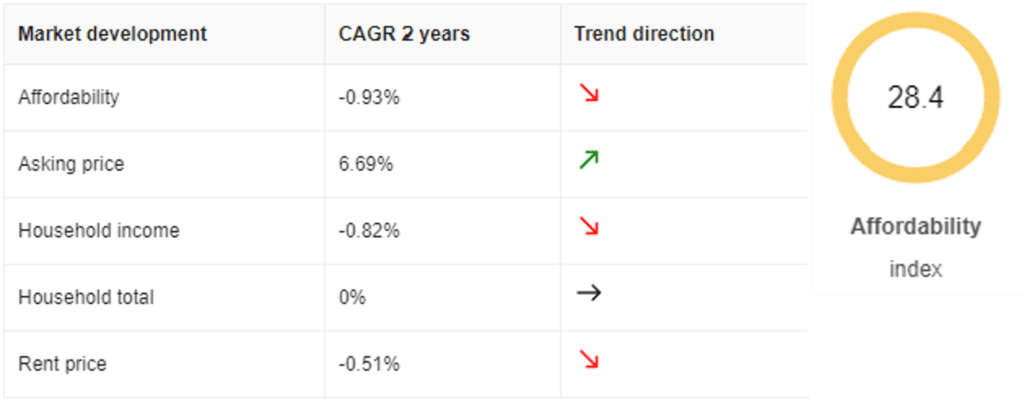

The hallmark of a truly livable city is its ability to provide its residents with a rich selection of essential services. To achieve this, it is necessary that the service offering in the different urban zones is diverse and dense, creating hubs that attract and retain citizens. And to be able to make plans and decisions regarding this, understanding the service provision is a step to start with.
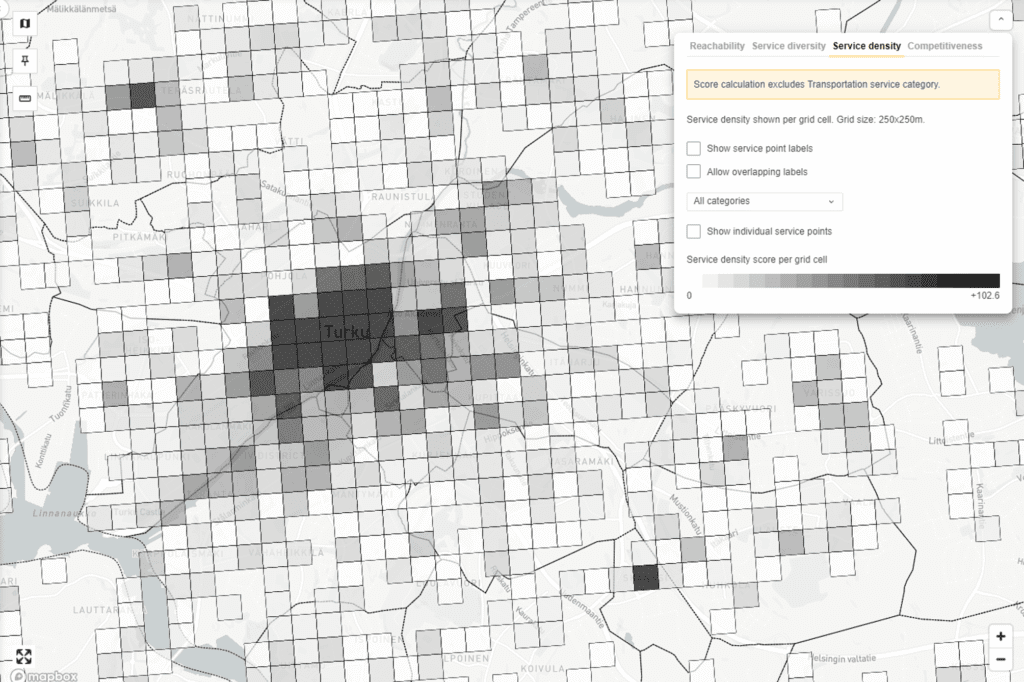

One option for measuring the city’s service provision is to evaluate it against the 15-minute city concept. This concept revolutionises urban planning by prioritising human needs over infrastructure demands. The core of the 15-minute city is socio-economic equality and inclusion as basic principles. It places a focus on ensuring equal access for all residents to essential services, amenities, and green spaces — all without the need for a car.
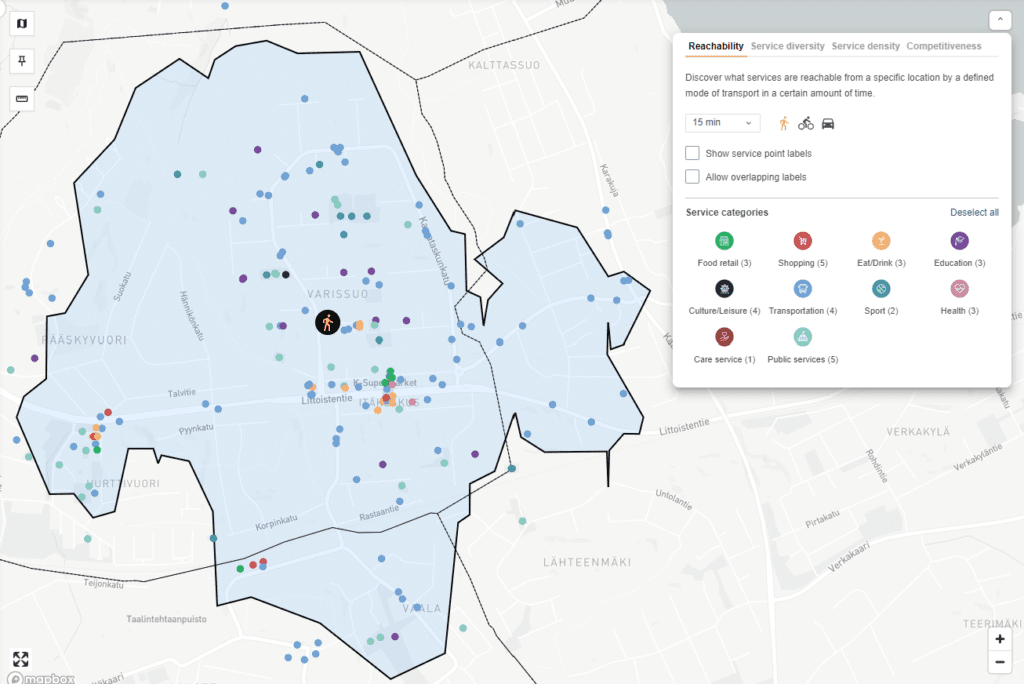

Besides understanding the present and seeing history, looking into the future gives cities the insight to meet their goals and demands.
Forecasting is a process of using historical data to make informed predictive estimates about the future. Forecasts discover patterns in the data and tell us about the most likely outcomes out of all possible outcomes. This is what makes them the perfect tool for designing more liveable and sustainable cities. Through forecasts, we gain insights, pinpointing areas that demand our attention and investment, allowing us to tailor city development to meet evolving needs while optimising resource utilisation.
Forecasting plays a central role in urban development, as it facilitates scenario planning. It allows us to tailor services to meet changing local dynamics, such as demographic changes, the introduction of new transport infrastructure or the growth of young families. It helps to evaluate, what kind of zoning supports population development, and also to see, how the population is currently developing according to forecasts. Forecasts act as our compass and offer a glimpse into the future requirements of our cities.
Consider, for example, a neighbourhood where the population is ageing rapidly — the trend is on the rise. In such a scenario, proactive actions are essential. This could mean expanding services to the elderly, or for example, zoning changes designed to attract young families to maintain a balanced demographic structure. In essence, forecasting equips us with the foresight to adapt and thrive in an ever-changing urban landscape.
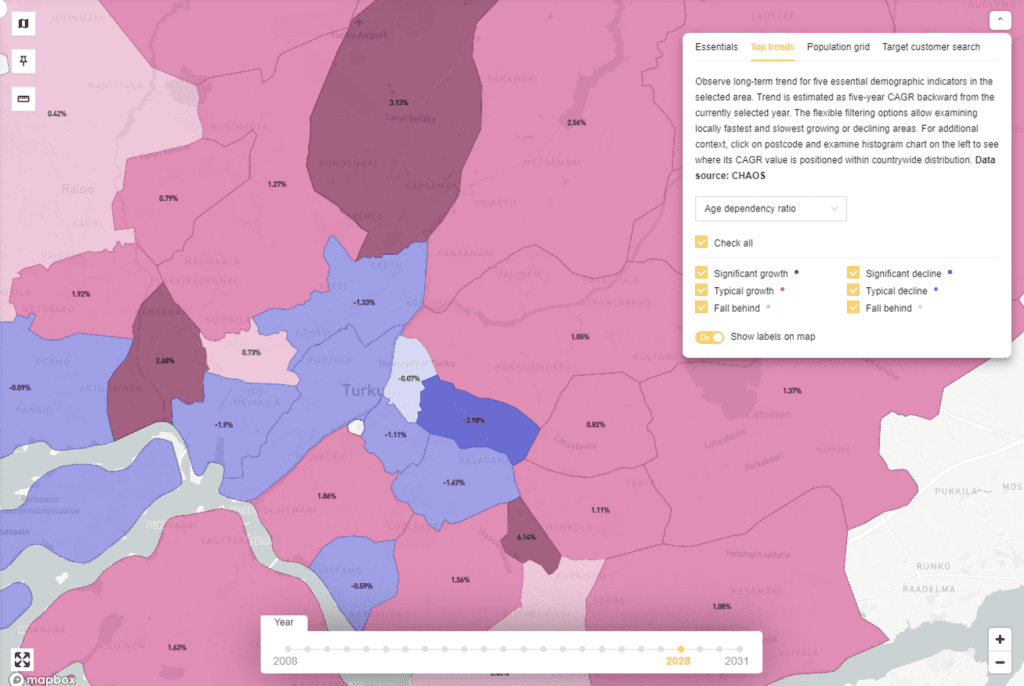

In conclusion, the path to building smart cities that are truly liveable, sustainable, and filled with happy citizens hinges on one critical factor: fact-based decision-making. In today’s urban landscape, where the demands are as diverse as the population itself, finding an equilibrium between economic growth, environmental sustainability, and the well-being of residents is nothing short of a high-wire act. To navigate this intricate dance, city decision-makers must rely on the most potent tool in their arsenal: data.


While your instincts as a business owner are important when picking the right retail location, they’re usually not enough.


Finding potential project sites is a key part of Lujatalo’s profitable business decisions. Now Lujatalo is supported in this by CHAOS, a solution offering location information data and urban forecasts. CHAOS has been implemented in nationwide use at Lujatalo.


For too long the real estate industry has taken investment decisions on a case-by-case basis; based on segregated information and personal networking, which is usually